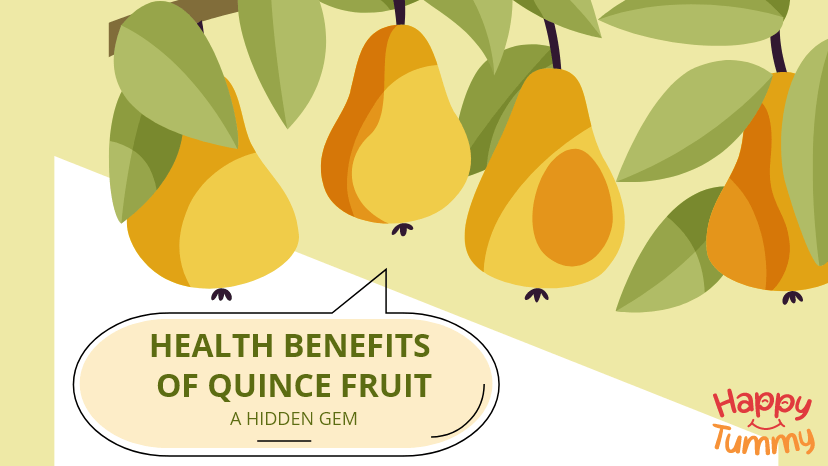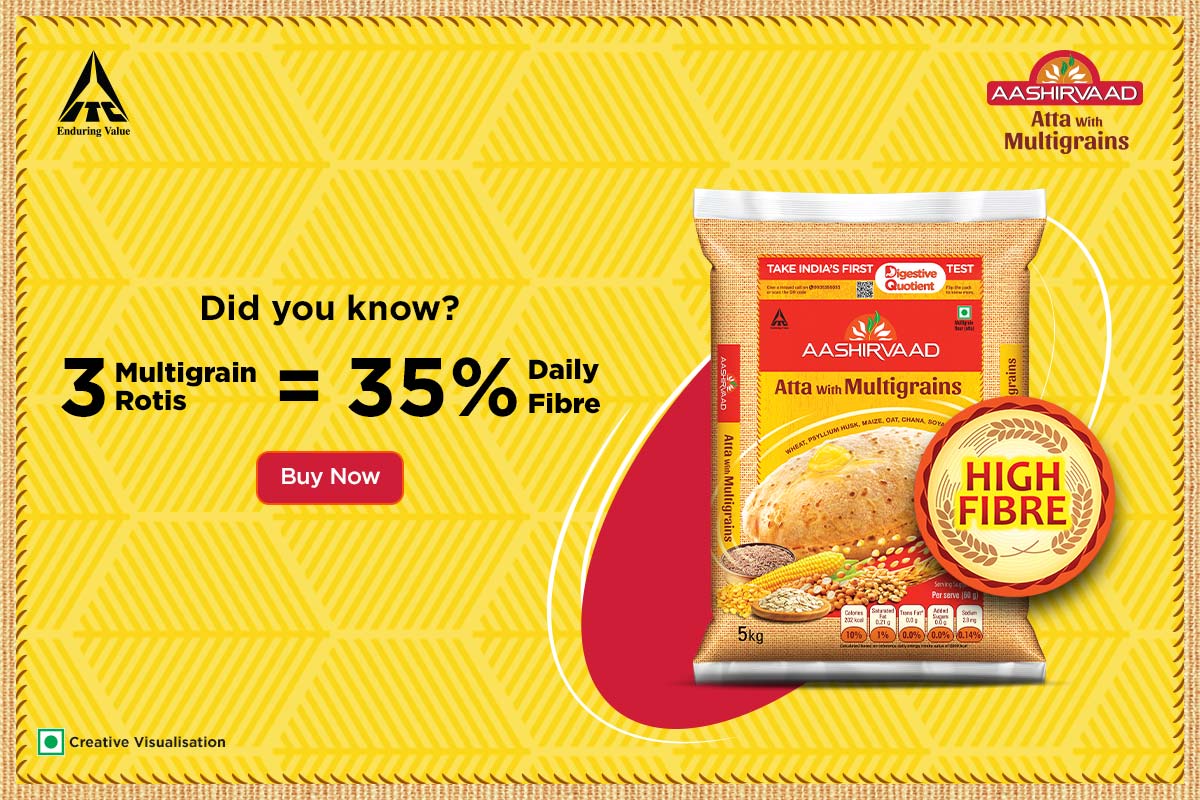Table of Contents
Picture a golden jewel quietly holding centuries of healing wisdom, its glow hinting at the vitality within: quince, the under-the-radar fruit your well-being has secretly craved.
Long taken for granted, this hardy orb is finally stepping back into the spotlight, ready to share its wealth of goodness.
With every bite, quince lends a hand to your immune defences, soothes your digestion, and whispers gentle encouragement to every cell.
Loaded with antioxidants, generous fibre, and a bouquet of vitamins, it brings more to the table than exquisite fragrance and a puckering crunch—it hands your body a quiet, sustaining gift.
Think of quince if heart health is a goal, if luminosity of skin is a wish, or dinners and preserves need a captivating touch. Consider quince.
One taste is a revelation; a week of incorporation is a transformation. Watch the glow spread inward as this golden guardian of wellness becomes a delicious, indispensable part of every daily ritual.

About Quince
The quince, scientifically titled Cydonia oblonga, is a leaf-shedding fruit-bearing tree that calls the southwest Asian highlands and select European valleys home. Its fruit, glimmering under the autumn sun, is a vibrant yellow, clad in a faintly downy skin that glows like tarnished brass.
Its perfume, an enchanting mingle of ascendant apple and delicate pear, fills the air in the orchard like a subtle blessing.
In the Indian subcontinent, quince finds a welcome place in the cooler, hilly belts, thriving in the terraced orchards of Himachal Pradesh, the garden valleys of Jammu and Kashmir, and the crisp slopes of Uttarakhand.
The fruit quietly signals its readiness in the hush of late autumn, its pale skin turning to a burnished gold between October and November, when the first cold days invite the shears to the boughs.
Raw, the flesh is sharply tangy, yet a gentle simmer transforms that acidity into a honeyed note, making it the natural fit for preserves, glistening sauces, and slow-cooked stews.
Different Names of Quince in India
Quince is known by various names across different languages in India, reflecting its cultural diversity.
- Bihi: Himachali
- Peru: Marwari, Hindi
- Kitaab: Kashmiri
- Sev: Punjabi, Haryanvi
- Baida: Hindi (Uttar Pradesh)
Nutrient Profile of Quince
According to the USDA Food Data Central, raw quince (Cydonia oblonga) provides the following nutrients per 100 grams:[1]
| Nutrient | Amount per 100g |
| Energy | 57 kcal |
| Water | 84.0 g |
| Protein | 0.4 g |
| Total Fat | 0.1 g |
| Carbohydrates | 15.3 g |
| Dietary Fiber | 1.9 g |
| Calcium | 11 mg |
| Iron | 0.7 mg |
| Magnesium | 8 mg |
| Phosphorus | 17 mg |
| Potassium | 197 mg |
| Sodium | 4 mg |
| Vitamin C | 15 mg |
| Thiamin (Vitamin B1) | 0.03 mg |
| Riboflavin (Vitamin B2) | 0.03 mg |
| Niacin (Vitamin B3) | 0.2 mg |
| Vitamin B6 | 0.04 mg |
| Folate (Vitamin B9) | 3 µg |
Health Benefits of Quince
Here are some of the fantastic health benefits of the quince. This fruit is not just special in the way it tastes.
From boosting immunity to promoting healthy digestion, quince is a rich source of nutrients that can benefit your overall well-being.
#1 Boosts Immunity
Feverish? The secret to boosting your immune system may be quince. This fruit stands out for its high content of vitamin C and antioxidants, which are among the most crucial nutrients for maintaining a healthy immune system.
Vitamin C has been credited with increasing the activity of white blood cells that form the first line of defence against infections in your body. [1]
However, this is not the complete story. Quince also contains powerful antioxidants that prevent the immune cells’ destructive effects, allowing them to function at full capacity.
Even some studies indicate that natural compounds found in quince could manage the development of detrimental bacteria, which creates an extra boost to your immune system. [2] [3]
Then why not incorporate this healthy fruit into your diet to see the magic it can work on your body?
#2 Enhances Digestive Health
Having digestive discomfort? Your next best friend could be quince!
This fruit contains a considerable amount of dietary fiber that is important in maintaining your digestive system in a smooth-running state. Quince includes both soluble and insoluble fiber, each offering distinct advantages. [4]
Soluble fiber, especially pectin, works to normalize bowel activity, thwart one of the causes of constipation, and even maintain a healthy cholesterol level.
Conversely, the fiber that cannot be dissolved helps to give bulk to your stool, hence digestion becomes routine and, of course, convenient.
And, of course, there is more to that process–quince is a probiotic that feeds the good bacteria in your intestines.[5] Not only is it good at digestion, but it also has the potential to boost the immune system as a whole.
Aashirvaad Atta has teamed up with a group of experienced dieticians to create a simple Digestion Quotient test. It looks closely at your digestive health and then gives you a score from 1 to 100, showing you how well your digestion is doing. You can discover your Digestive Quotient in just 2 minutes.
#2 Promotes Heart Health
Wish to have a healthy heart? Quince may turn out to be one of the fruits that may help maintain a healthy heart. Quince is rich in potassium, fibre, and antioxidants, which can facilitate your cardiovascular health through several mechanisms.
Potassium is an important regulator when it comes to maintaining blood pressure, partially alleviating the impact that sodium has, and minimising the pressure on your blood vessels.
The fibre possesses a unique property: it attaches to LDL (bad) cholesterol in the digestive system, preventing its absorption in the body, and can also raise the cholesterol level. [6]
Antioxidants are also present in quince, which may play a protective role over the heart since it helps to lower oxidative stress and inflammation, two factors that contribute to heart disease.
Incorporate quince into your diet then and treat your heart with the love it wants!
#3 Rich in Antioxidants
Want to kick the oxidative stress naturally? Quince may be it! Such fruit is rich in antioxidants, specifically in polyphenols, whose benefits on health are numerous.
Indeed, quince has a greater amount of antioxidants than its fruit siblings, such as apples and pears.
Quince polyphenols comprise flavonoids, including quercetin, rutin, kaempferol, and chlorogenic acid and neochlorogenic acid. [8] They are potent agents that assist in countering free radicals within the body, which include oxidative stress and damage to body cells. [7]
This, in its turn, may manage inflammation and even help to maintain general health, including cardiovascular health. Dietary intake of quince will help you guard your body cells against damage and increase natural body defenses.
#4 Enhances Skin Health
Quince has several skin benefits, thanks to its high content of antioxidants, vitamin C, and calming agents. It helps protect the skin and improve skin health by neutralising free radicals and managing overall skin radiance.
Quince may manage inflamed areas of the skin, which may be useful for skin conditions such as blemishes or acne. [8]
Quince is a quiet botanical marvel that brings a wealth of skin benefits. The result is a subtle radiance that seems to bloom from the inside, reflecting the nurturing care you’ve given.
How to Consume Quince
Here are a few yummy and straightforward ways to eat this versatile fruit in your diet!
- Raw in Salads: Despite its sourness, on the raw side of matters, it is nice to cut and lace some very shredded portions of quince into fruit salads. It is easier to counter this tartness by mixing it with sweeter fruit like apple or pear and a dab of honey.
- Roasted/Baked: Roasting/baking brings out the quince’s natural sweetness. You can make it up by adding a touch of sugar and cinnamon, or try a sweet, simple dessert. Alternatively, toss it in with veggies in the oven to roast.
- Jams and Jellies: Quince has so much pectin in it that it is excellent in homemade jams and jellies. Spread on bread or pour over oatmeal or put in pastries as a marvelous snack.
- Stews and Curries: A softer and newer accent to warm flesh in a veggie stew/curry is Quince. Put it in chickpea or lentil curries or any vegetable curry as an extra flavouring.
- Smoothies: Blend the mixture to create a cool, fibre-rich quince drink. Add it to the rest of the fruit, such as oranges, berries, or bananas, to give you an added nutrient boost.
However you like it, quince is a fruit with highly nutritious properties: it is rich in nutrients and provides yet another element of taste and health to food!
Bottom Line
Undoubtedly, quince is a nutritious fruit that possesses many health properties. This fruit can help protect your heart and improve your skin texture due to its high levels of vitamin C, which also have immune-boosting effects.
Quince is rich in numerous antioxidants that may manage oxidative damage in the body, and its fibre composition helps the digestive tract and a healthy bowel.
Nevertheless, an overall healthy diet should be comprised of a variety of whole foods, vegetables, and fruits.
Like any food change, it is always a good idea to consult a health professional to understand how quince can impact your health conditions and lifestyle.
FAQ
Quince is a yellow fruit that resembles the appearance of both apples and pears, but it is much stronger and tangier in taste. It doesn’t have a typical raw taste because it’s sour, but it’s great when cooked or used in jams, jellies, and desserts.
Quince is an excellent source of vitamin C and antioxidants that boost the immune system by fueling white blood cells and safeguarding the immune cells against destruction.
Quince contains antioxidant and anti-inflammatory properties that may promote skin health, manage skin irritations, and increase moisture. It contains vitamin C, which might stimulate the production of collagen, keeping the skin elastic.
















